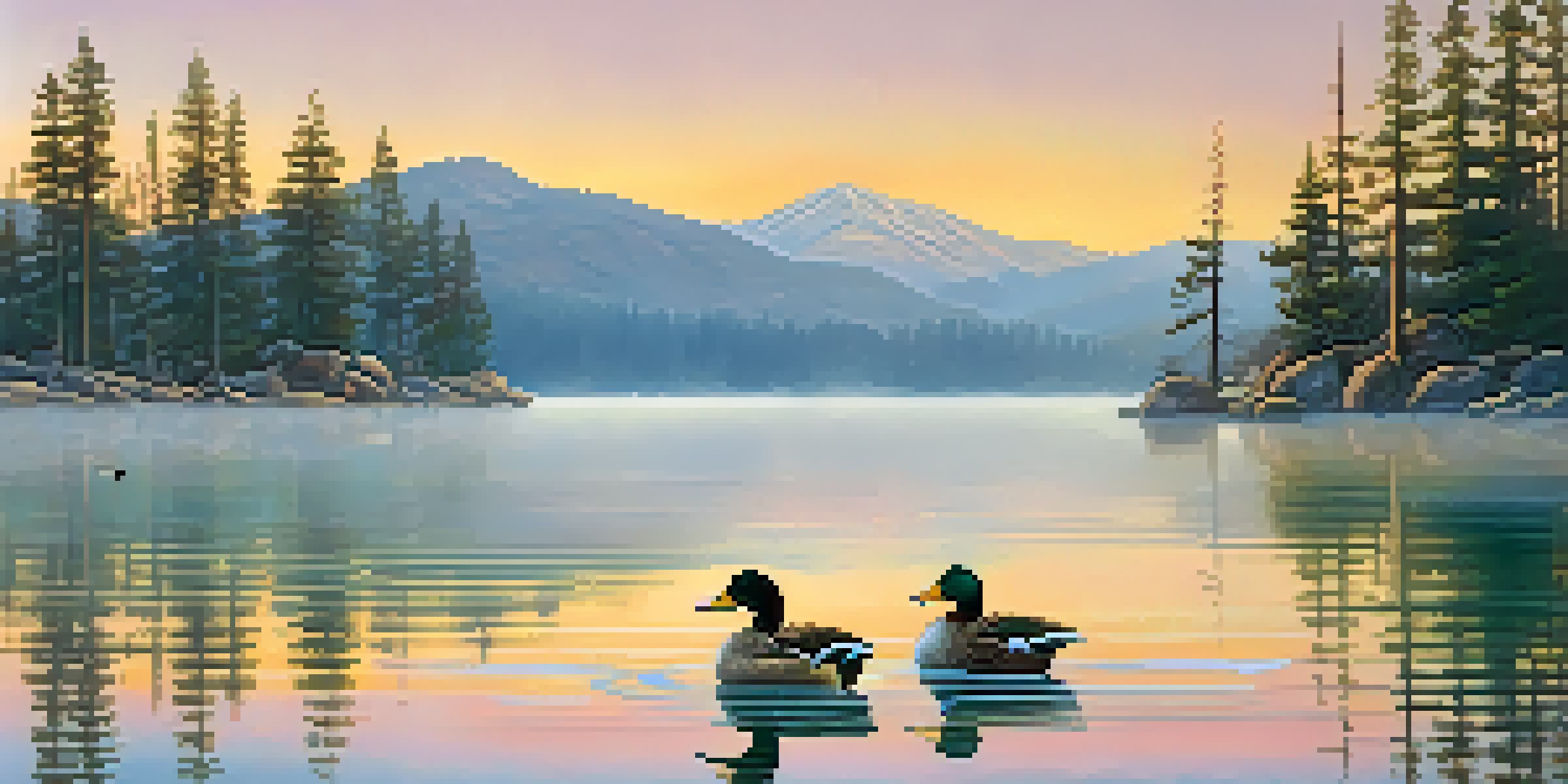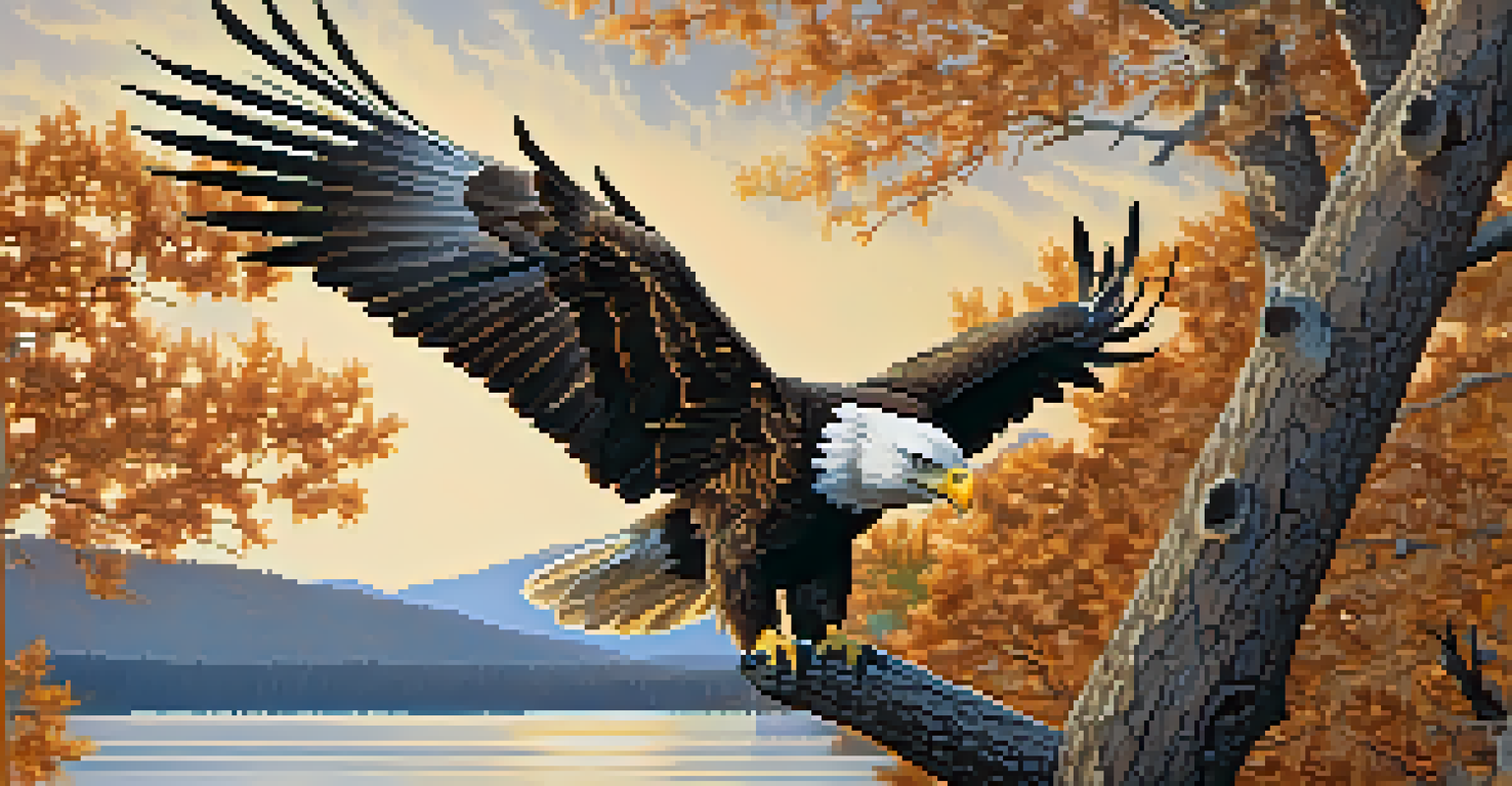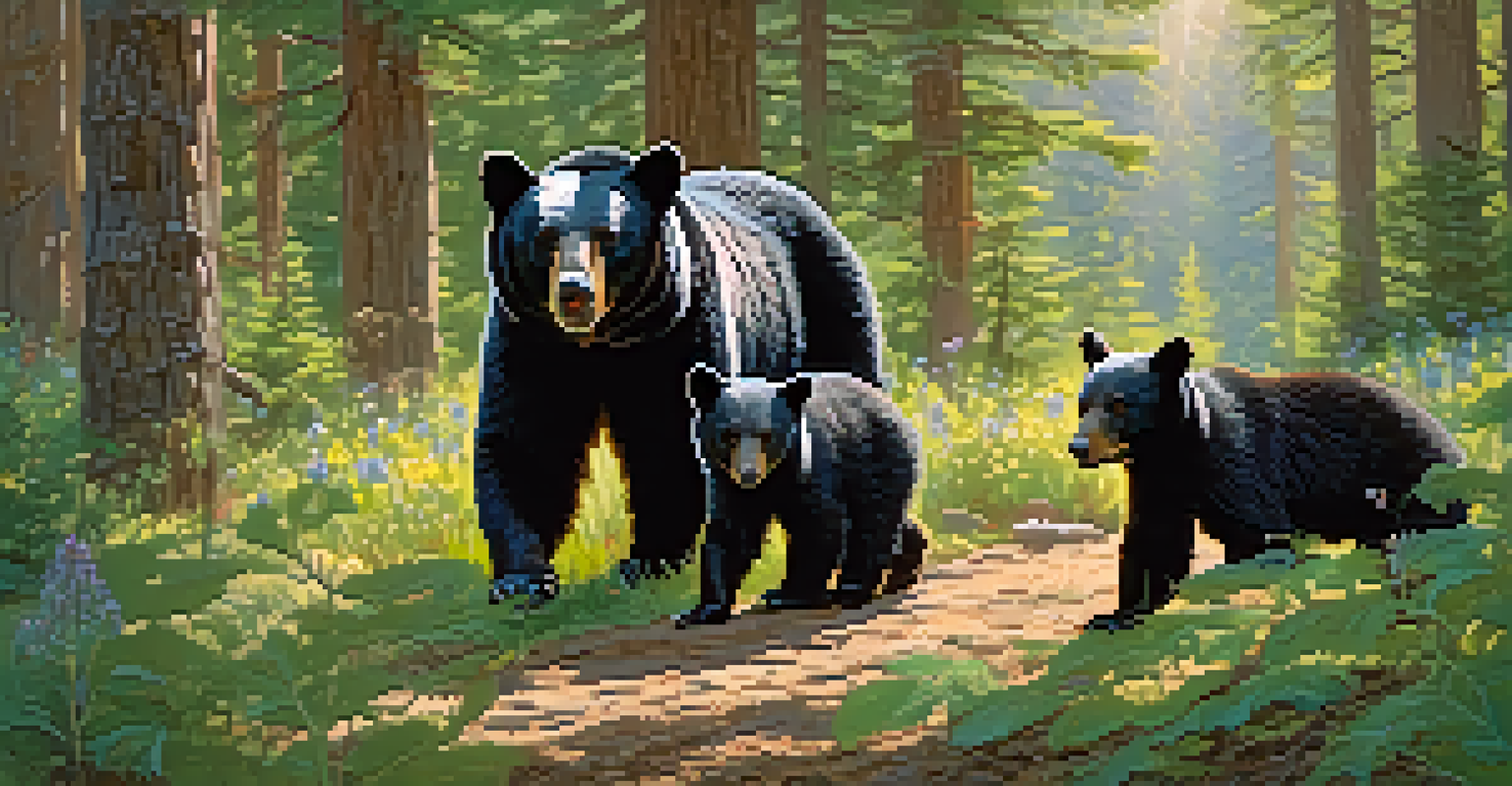Wildlife Watching: Nature's Wonders in Big Bear

Why Big Bear is a Wildlife Watching Paradise
Big Bear Lake is a stunning destination known for its natural beauty and rich biodiversity. Surrounded by the San Bernardino National Forest, it's a haven for various wildlife species. From the majestic bald eagle to playful raccoons, Big Bear offers a unique opportunity to observe animals in their natural habitat.
In every walk with nature one receives far more than he seeks.
The varied terrain of Big Bear, from lush forests to sparkling lakes, creates a diverse ecosystem. This variety attracts wildlife and provides ideal conditions for bird watching, hiking, and photography. Whether you're a seasoned naturalist or a curious beginner, the region’s wildlife will captivate your attention.
In every season, Big Bear presents different wildlife watching experiences. Spring brings baby animals, while autumn showcases migratory birds. Each visit promises a new encounter with nature's wonders, making it a perfect spot for wildlife enthusiasts.
Best Seasons for Wildlife Watching in Big Bear
Wildlife watching in Big Bear is an adventure that changes with the seasons. In spring, as the snow melts, animals emerge from hibernation, and you may spot bear cubs taking their first steps. This season is vibrant with life, as migratory birds return to nest, making it a birdwatcher’s delight.

Summer is another fantastic time, with lush vegetation and warm temperatures drawing out a variety of animals. Early mornings and late afternoons are the best times for spotting deer, foxes, and even the occasional coyote. The long daylight hours allow for extended exploration, ensuring you don’t miss any wildlife action.
Big Bear: A Wildlife Wonderland
Big Bear Lake offers diverse ecosystems and rich biodiversity, making it a prime destination for wildlife watching.
As fall approaches, the landscape transforms into a canvas of colors, and many animals prepare for winter. This season offers a unique chance to see animals foraging and preparing for the colder months. Plus, the crisp air and stunning scenery make for memorable wildlife watching experiences.
Top Wildlife Species to Spot in Big Bear
Big Bear is home to a diverse range of wildlife species that you can encounter on your adventures. Some of the most iconic animals include black bears, which are often seen foraging in the early morning or late evening. Remember, keeping a respectful distance is key to both your safety and the bears’ well-being.
The clearest way into the Universe is through a forest wilderness.
Bird enthusiasts will love spotting the bald eagle soaring overhead, especially during the winter months when they are more visible. Other birds like hawks, owls, and various songbirds can be found throughout the area, making it a birdwatching hotspot. Grab your binoculars and camera to capture these magnificent creatures.
Additionally, you may come across smaller mammals such as squirrels, rabbits, and even the elusive bobcat. Each species contributes to the rich tapestry of life in Big Bear, offering endless opportunities for observation and appreciation.
Best Locations for Wildlife Watching in Big Bear
When it comes to wildlife watching, knowing the best locations can enhance your experience. One of the top spots is the Big Bear Lake itself, where you can often see birds and other animals along the shoreline. The surrounding trails also provide great vantage points for spotting wildlife while enjoying a scenic hike.
Another great location is the Boulder Bay Park, where the combination of water and trees attracts various species. The park’s picnic areas and walkways offer ideal opportunities for leisurely wildlife watching. You might even catch sight of a family of ducks paddling by.
Seasons Shape Wildlife Encounters
Each season in Big Bear brings unique wildlife experiences, from emerging bear cubs in spring to migratory birds in fall.
Lastly, the Stanfield Marsh Wildlife Sanctuary is a must-visit for serious bird watchers. This area is a designated protected habitat, making it an ideal spot for observing migratory birds. Bring your camera and be prepared to witness the beauty of nature up close.
Tips for Responsible Wildlife Watching
Practicing responsible wildlife watching is crucial for preserving the natural habitat and ensuring the safety of both animals and humans. Always maintain a safe distance from wildlife to avoid stressing them out. A good rule of thumb is to stay at least 100 yards away from larger animals like bears and elk.
It's also important to minimize your impact on the environment. Stick to established trails, carry out all trash, and avoid feeding wildlife. Feeding animals can disrupt their natural foraging behavior and make them dependent on humans for food.
Lastly, educate yourself about the wildlife you may encounter. Understanding their behaviors and habitats can enhance your experience and help you appreciate the delicate balance of nature. Remember, you are a guest in their home, so treat it with respect.
Guided Tours and Wildlife Watching Events
For those looking to enhance their wildlife watching experience, consider joining guided tours in Big Bear. Local naturalists often lead these tours, sharing their knowledge about the area’s wildlife and ecosystems. This can be a great way to learn while enjoying the beauty of nature.
Many organizations also host wildlife watching events throughout the year, offering opportunities to see animals during specific times of the year. These events can include night hikes, bird watching tours, and educational workshops, making them perfect for families and nature lovers alike.
Responsible Wildlife Watching Tips
Practicing responsible wildlife watching is essential to protect both animals and their habitats while enhancing your experience.
Participating in these guided experiences not only enriches your knowledge but also supports local conservation efforts. Plus, it’s a fantastic way to meet fellow wildlife enthusiasts and share your love for nature.
Preparing for Your Wildlife Watching Adventure
Preparation is key to a successful wildlife watching adventure in Big Bear. Start by checking the weather forecast and dressing in layers, as temperatures can vary throughout the day. Comfortable, sturdy shoes are a must, as you'll likely be walking or hiking on uneven terrain.
Don’t forget your gear! Binoculars and a camera are essential for capturing those unforgettable moments. A field guide can also be helpful for identifying species you encounter along the way. And, of course, pack plenty of water and snacks to keep your energy up during your explorations.

Lastly, take the time to plan your route and research the best spots for sightings. Knowing where to go can save you time and increase your chances of encountering wildlife. With the right preparation, your adventure in Big Bear will be both enjoyable and memorable.